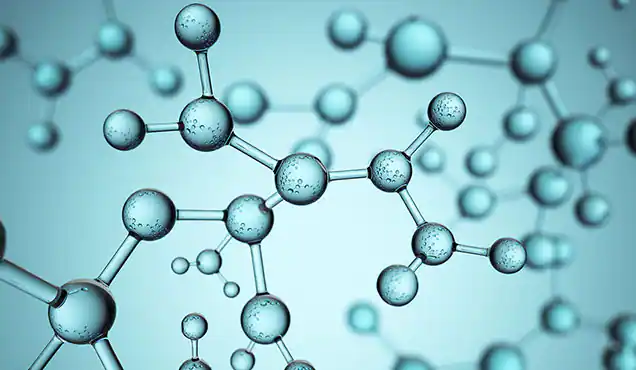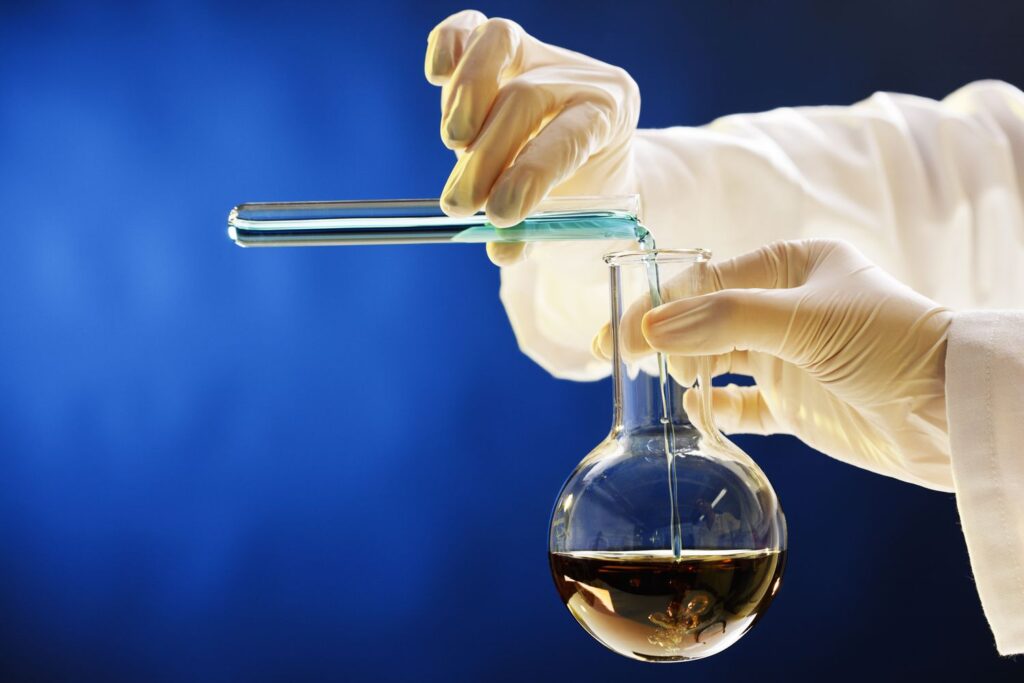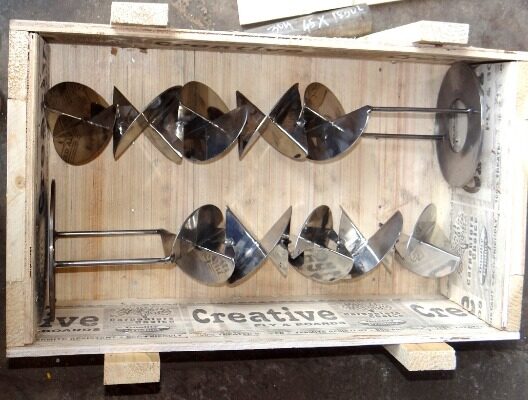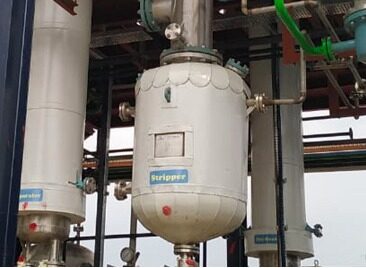ABOUT-
India holds a great position in exports and imports of chemical substances at a global stage and ranks 14th in exports and 8th in imports at worldwide stage. The chemical compounds enterprise in India covers more than 80,000 business merchandise with typical marketplace size status at US$ 178 billion in 2018-19. The industry is predicted to grow at 9.3% to attain US$ 304 billion by means of 2025 on the again of growing demands in the long run-consumer segments for uniqueness chemical compounds and petrochemicals. The specialty chemical compounds sector is anticipated to reach US$ 40 billion through 2025.
The chemical industry in India has undergone substantial growth in recent years, due to factors like a large and growing population, increased income levels, and heightened demand for consumer goods. The Indian government has been supportive of the industry through subsidies, tax incentives for producers, and investments in infrastructure, research and development.
In terms of market size, the chemical sector in India is one of the largest in the world, with an increasing demand for various types of chemicals, including petrochemicals, inorganic chemicals, specialty chemicals, and agrochemicals. India has established itself as a major producer of chemicals and has a thriving export market, particularly for specialty chemicals and pharmaceuticals.
Overall, the chemical industry is a crucial sector for the global economy, playing a vital role in the production of essential goods and services and supporting many other industries.
ASSOCIATION-
| NAME | URL |
| International Council of Chemical Associations | https://icca-chem.org/ |
| Indian Chemical Council | https://www.indianchemicalcouncil.com/ |
| ISCMA | https://www.iscma.in/ |
DESCRIPTION-
The chemical industry involves the production of a wide range of products, including chemicals for industrial processes, consumer goods, and agricultural applications. The industry is one of the largest and most diverse industries in the world, encompassing a wide range of products, processes, and applications.
The chemical industry is essential for many other industries, including the production of consumer goods, textiles, construction materials, pharmaceuticals, and electronics. The industry uses a wide range of raw materials, including oil, natural gas, coal, and minerals, to produce a wide range of products, including plastics, fertilizers, detergents, and cosmetics.
The chemical industry encompasses a diverse range of sectors, including:
• Basic Chemicals: These are essential components that serve as raw materials for producing other chemicals, such as petrochemicals, inorganic chemicals, and specialty chemicals.
• Petrochemicals: Derived from petroleum and natural gas, these chemicals include products like ethylene, propylene, and benzene.
• Inorganic Chemicals: These are chemical compounds without carbon, like sodium hydroxide, chlorine, and sulfuric acid.
• Organic Chemicals: Comprised of carbon, these chemicals include solvents, resins, and plastics.
• Specialty Chemicals: Produced in limited quantities, these chemicals possess unique properties such as high performance, durability, or specialized functions. They are utilized across multiple industries like pharmaceuticals, electronics, and cosmetics.
• Agrochemicals: These chemicals are used in agriculture, including fertilizers, pesticides, and herbicides.
• Fine Chemicals: These are high-purity, single chemical substances that are used as intermediates for producing other chemicals or as ingredients in consumer goods.
• Polymers: Composed of long chains of repeating chemical units, polymers can be molded into various shapes and used in products like plastic containers, films, and fibers.
RELATED EQUIPMENTS-
In the chemical industry, a vast array of equipment is used, ranging from small scale laboratory equipment to large scale industrial processing equipment. Some of the common examples include:
1. Reactors: These are utilized in chemical reactions and come in different sizes and types, including batch reactors, continuous reactors, and fixed-bed reactors.
2. Distillation Columns: Designed to separate the components of a mixture based on their boiling points.
3. Evaporators: Utilized to eliminate solvents or water from a solution.
4. Filters: Employed to remove impurities from liquids, gases, or air.
5. Centrifuges: Used to separate liquids based on their density.
6. Heat Exchangers: Utilized to transfer heat from one fluid to another or to cool a fluid.
7. Pumps: Employed to move liquids and gases from one location to another.
8. Dryers: Designed to remove moisture from solids or liquids.
9. Storage Tanks: Used to store liquids and gases.
10. Mixers: Used to mix liquids or solids.
11. Crushers and Grinders: Used to break down solids into smaller pieces.
12. Extruders: Used to form a material into a specific shape by forcing it through a die.





